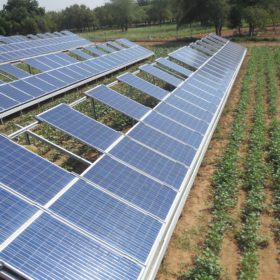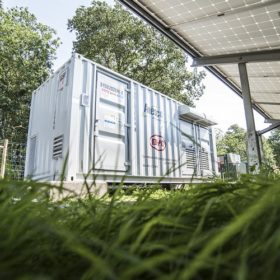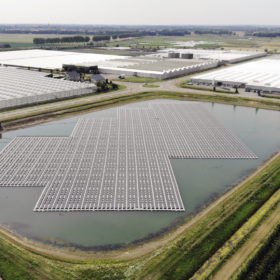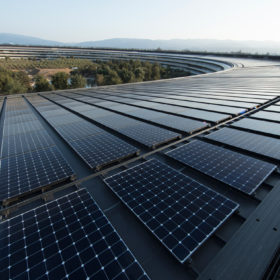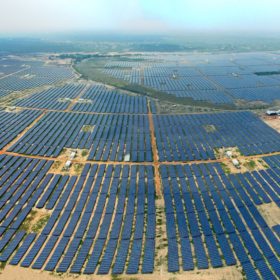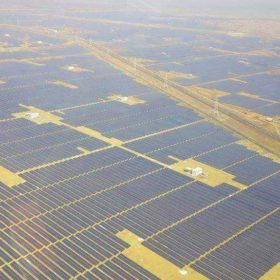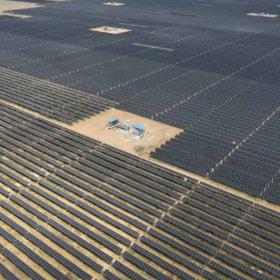Jodhpur agrivoltaic pilot project replicated
Research institutes have moved quickly to emulate the successes observed in a test installation at Jodhpur as India races to meet an ambitious target of doubling agricultural income by 2022.
Energy storage will take 3 years to gather steam
There is a need to shift the consumer mindset from conventional backup solutions to battery storage too even as the industry gets more clarity on technical feasibility for the Indian context.
Tata Power wins 105 MWp of floating solar for NTPC
The project—to be commissioned within 21 months—will come up on the reservoir of NTPC Kayamkulam in District Allappuzha.
India prepares to embrace agrivoltaics
Take-up has been slow considering the nation’s mammoth agricultural industry but, as a packed session on the topic at the recent REI show illustrated, attitudes may be changing in a nation which is already installing solar greenhouses.
India unveils indigenous fuel cell system that can replace polluting DG sets
The 5.0 KW fuel cell system—developed by Council of Scientific and Industrial Research in partnership with Thermax Limited and Reliance Industries Limited—achieves greater than 70% efficiency, which otherwise may not be possible with other energy sources.
The roadmap to 40 GW rooftop solar
Streamlining the Discoms, better financing options, customer-centric approach, data sharing and push for residential through standardization are a few steps that can help India achieve its ambitious rooftop solar target.
NLC completes 709 MW solar for Tamil Nadu utility
With commissioning of the balance 351 MW of projects in four districts of Tamil Nadu, the state-run power producer has completed the entire 709 MW solar capacity awarded by utility Tamil Nadu Generation and Distribution Corporation.
Financing solar powered appliances for rural livelihoods
Rural micro enterprises in India suffer as financiers perceive lending for solar powered livelihood appliances as risky, owing to a lack of understanding of the technology and the viability of these enterprises—says a report by India’s Council on Energy, Environment and Water which also makes recommendations to improve the economic viability of financing for these products.
Andhra Pradesh targeting clean energy, overlooking costlier, dirty coal: CFA
Revoking PPAs with renewable developers will undermine national climate and air pollution goals and lock in higher electricity costs for the state by jeopardizing new renewable projects.
Andhra Pradesh court scraps high-level PPA renegotiation committee
Legal decision is the latest blow to new chief minister Jaganmohan Reddy’s determined attempt to reverse the clean energy gains made by his predecessor N Chandrababu Naidu.
